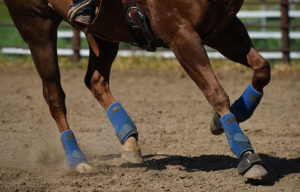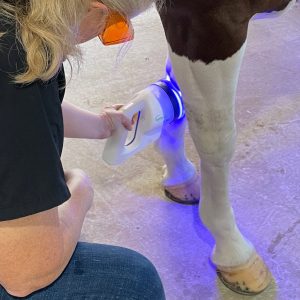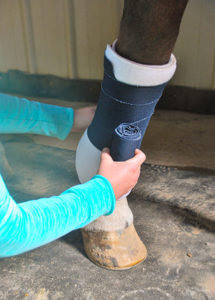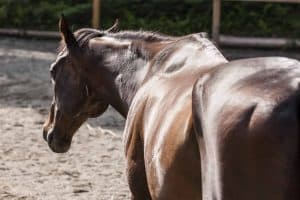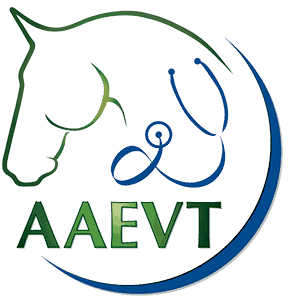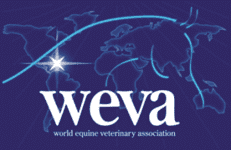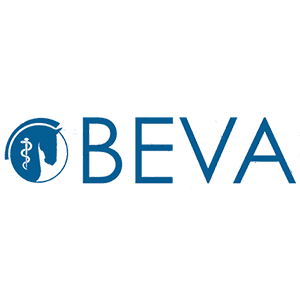Top Lameness and Surgery Studies of 2017
- Topics: AAEP Convention, AAEP Convention 2017, Arthritis & Degenerative Joint Disease, Article, Basic Care, Breeding and Reproduction, Castration & Gelding, Conformation Problems, Equine Care Professions, Foal Care and Problems, Hindlimb, Hoof Care, Hoof Problems, Horse Care, Injuries & Lameness, Muscle and Joint Problems, Navicular Problems, Older Horse Care Concerns, Osteochondritis Dissecans (OCD), Sports Medicine, Vet and Professional, Vet Convention Reports, Veterinary Practice
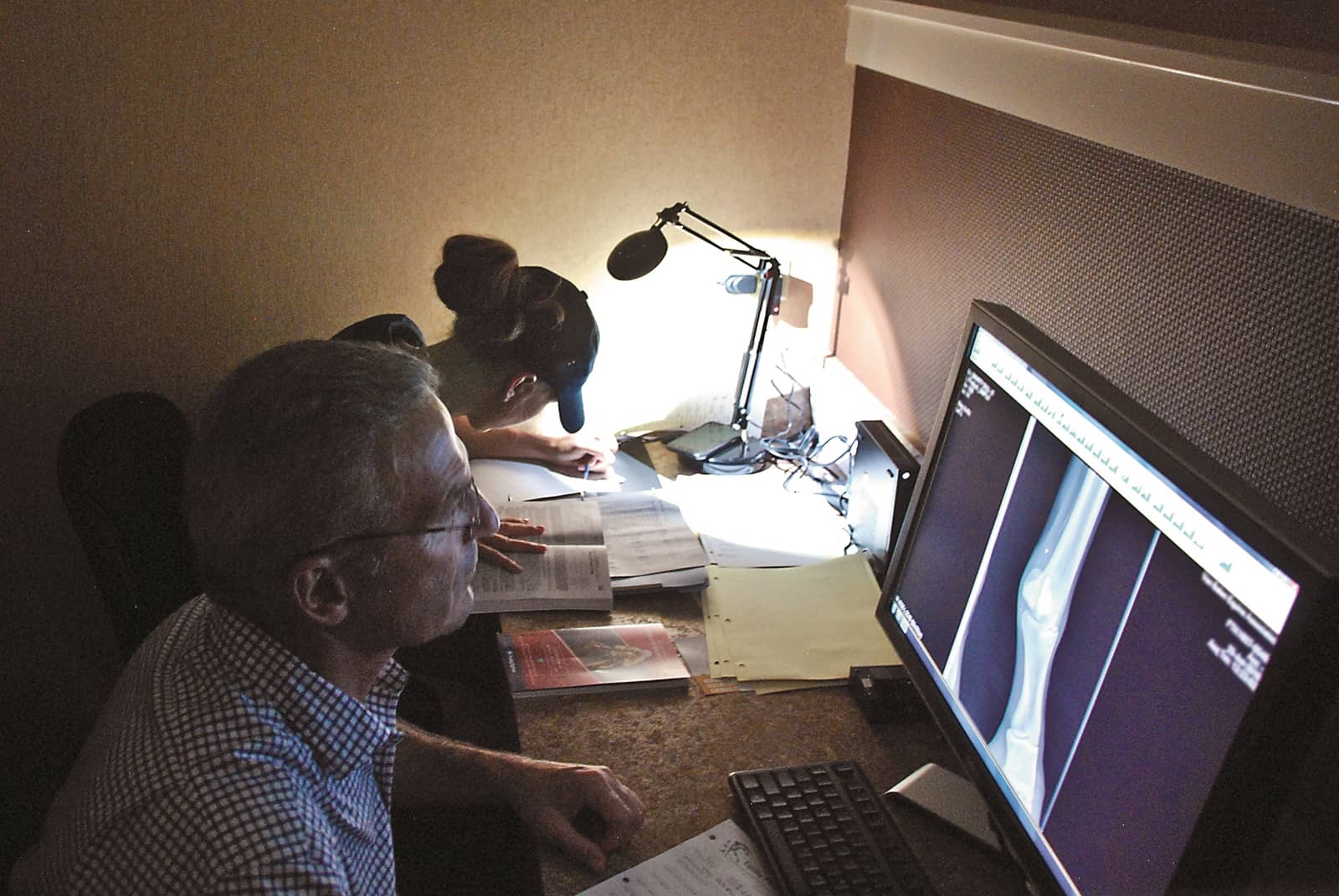
This year, Elizabeth Santschi, DVM, Dipl. ACVS, a professor of equine surgery at the Kansas State University College of Veterinary Medicine, in Manhattan, shared her top take-home messages for 2017 equine surgery-related studies during the convention, held Nov. 17-21 in San Antonio, Texas. This year’s presentation marked the end of her three-year term on the broadcast team.
Hock Injection Accuracy
In the first study Santschi recapped, researchers sought to determine how accurate veterinarians were at placing intra-articular (in the joint) injections in the two lower hock joints—the centrodistal (CD) and the tarsometatarsal (TMT)—in 12 healthy horses. Veterinarians injected 4 mL of contrast medium into each joint. The researchers noted needle repositioning and/or replacement, then took radiographs to determine where the medium was located within the desired joint
Create a free account with TheHorse.com to view this content.
TheHorse.com is home to thousands of free articles about horse health care. In order to access some of our exclusive free content, you must be signed into TheHorse.com.
Start your free account today!
Already have an account?
and continue reading.

Written by:
Erica Larson
Related Articles
Stay on top of the most recent Horse Health news with





